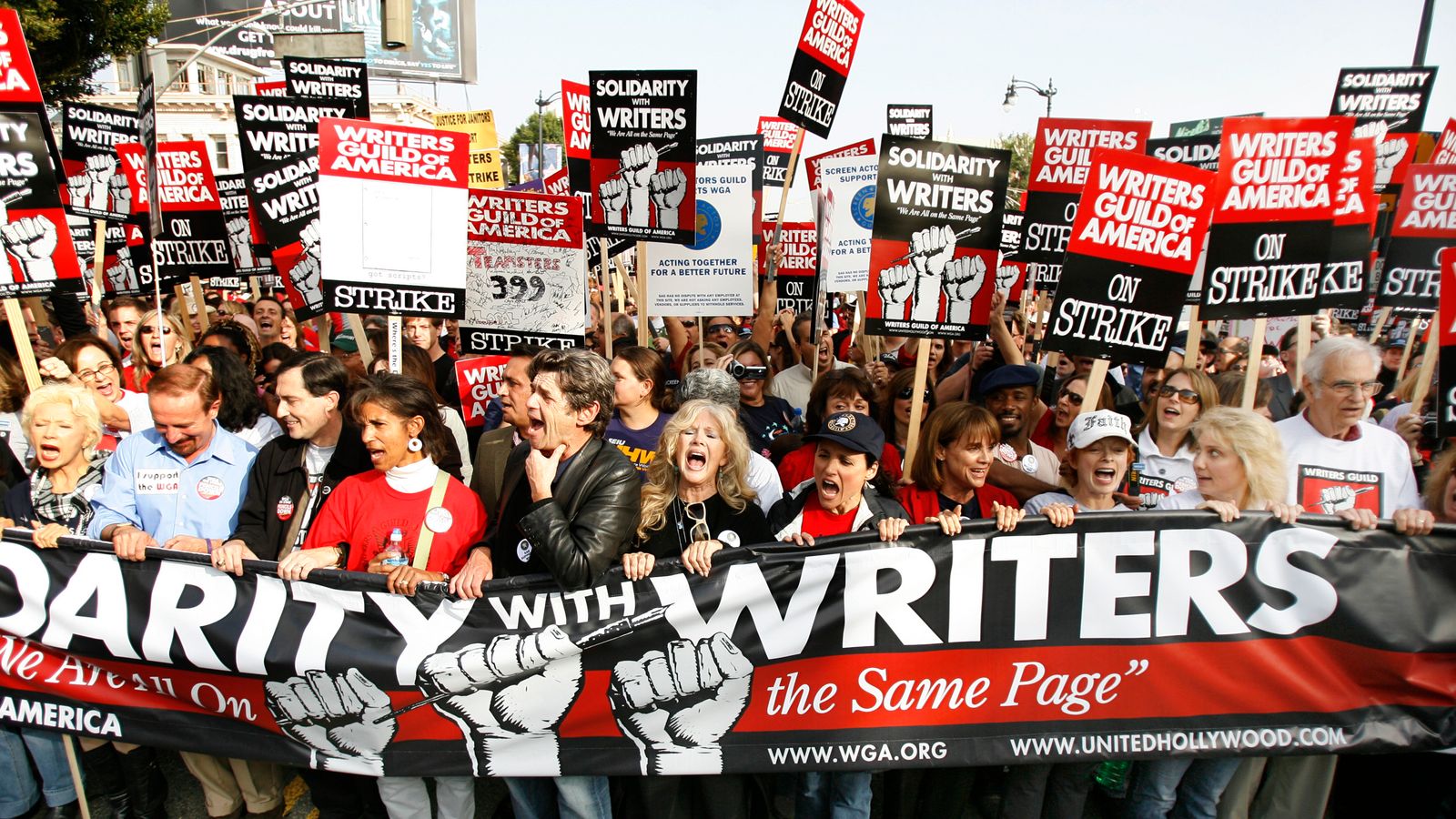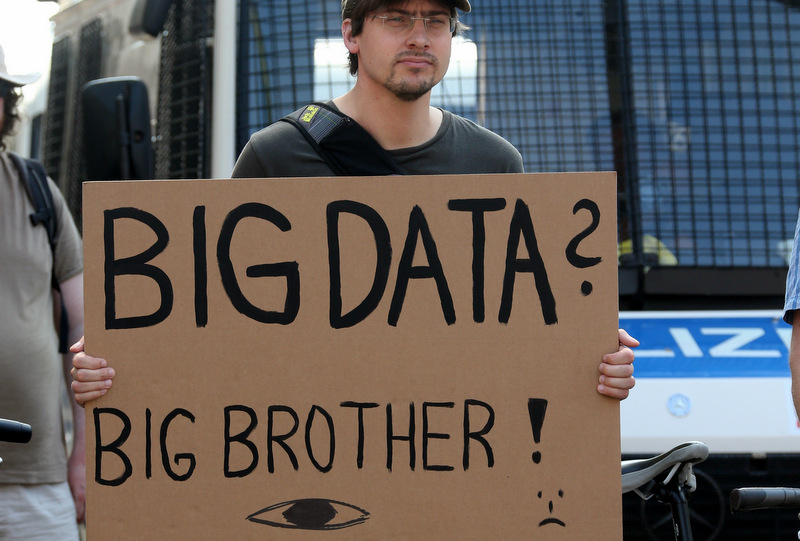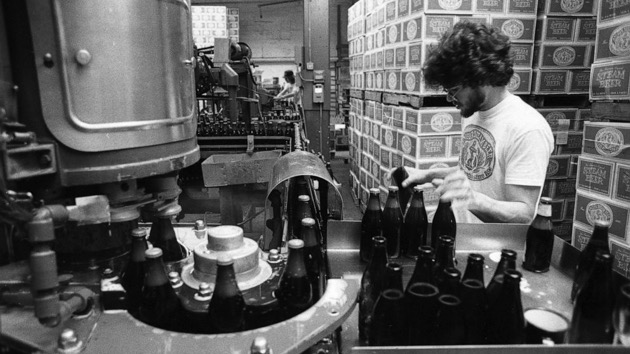Actors And Writers Strike: Hollywood Faces Unprecedented Production Halt

Table of Contents
The Core Demands of the WGA and SAG-AFTRA Strikes
The dual strikes stem from deep-seated concerns about fair compensation, working conditions, and the impact of evolving technologies on creative professionals. Both the WGA and SAG-AFTRA have presented a united front, demanding significant changes to their respective contracts with the Alliance of Motion Picture and Television Producers (AMPTP).
Writers' Concerns
The WGA strike centers on several key issues impacting writers' livelihoods and the creative process:
- Fair Wages and Residuals in the Streaming Era: Traditional residuals, payments made to writers each time their work is aired, have dwindled significantly with the rise of streaming services. The WGA demands a fairer system that reflects the increased viewership and profitability of streaming platforms. This includes updated formulas for calculating residuals based on total streaming views.
- Minimum Staffing Levels on Productions: The WGA argues that studios have reduced writing staffs, leading to overworked and underpaid writers. They're demanding minimum staffing levels to ensure a healthy creative process and prevent exploitation.
- Protecting Writers from the Misuse of AI in Scriptwriting: The increasing use of artificial intelligence in scriptwriting poses a significant threat to writers' jobs and creative control. The WGA seeks clear regulations to prevent the unauthorized use of AI to replace human writers. This includes clear stipulations on the use of AI for generating scripts or altering existing scripts without proper writer credit and compensation.
- Increased Transparency in Streaming Viewership Data: The WGA demands greater transparency from streaming services regarding viewership numbers, enabling them to negotiate more effectively for fair compensation based on actual audience engagement.
- Improved Pension and Health Plans & Longer Contract Terms: The WGA is seeking significant improvements to their retirement and healthcare benefits, along with longer contract terms to provide more job security.
Actors' Concerns
SAG-AFTRA's strike echoes many of the WGA's concerns, with a focus on issues specific to actors:
- Fair Compensation for Streaming Projects: Actors, like writers, have seen their residuals drastically reduced with the shift to streaming. SAG-AFTRA seeks fair compensation that reflects the profitability of streaming platforms and the widespread reach of their performances.
- Protection Against the Unauthorized Use of AI: The use of AI to generate actors' likenesses and voices without their consent and compensation is a major concern. SAG-AFTRA demands strong protections to prevent this exploitation. This includes explicit clauses preventing the use of AI to recreate their performances without explicit permission and payment.
- Safe Working Conditions on Set: SAG-AFTRA is advocating for improved safety protocols on film and television sets to protect actors from workplace hazards and long working hours.
- Improved Health and Pension Benefits: Similar to the WGA, SAG-AFTRA seeks significant improvements to health and pension plans for its members.
- Regulation of Self-Tape Auditions & Limitations on Excessive Working Hours: The union aims to limit the overuse of unpaid self-tape auditions and establish reasonable limits on working hours to prevent burnout and exploitation.
The Impact of the Double Strike on Hollywood
The combined power of the WGA and SAG-AFTRA strikes has brought Hollywood to a near-complete standstill, with far-reaching consequences:
Production Halts
Hundreds of film and television productions have been shut down, resulting in billions of dollars in lost revenue for studios and production companies. This includes major tentpole films, network television shows, and streaming series. The sheer number of stalled productions is unprecedented in Hollywood history.
Economic Ripple Effect
The strike's impact extends far beyond actors and writers. Thousands of crew members, including grips, gaffers, sound technicians, and caterers, are out of work. Local businesses that rely on the film industry for revenue are also suffering significant losses.
Delayed Releases
The strike has significantly disrupted the release schedule of numerous upcoming films and TV shows, leading to uncertainty and potential financial losses for distributors and marketing teams. Post-production work, including editing and visual effects, is also severely impacted, delaying releases further.
Impact on Streaming Services
The strike directly threatens the content pipeline of major streaming platforms like Netflix, Disney+, HBO Max, and Amazon Prime Video. The lack of new content could lead to subscriber churn and affect the platforms' ability to compete in the increasingly crowded streaming market. The ongoing uncertainty impacts future content creation, impacting subscriber count and the overall business model of streaming.
Potential Resolutions and Future of the Entertainment Industry
The resolution of the strike will require significant concessions from both the AMPTP and the unions.
Negotiation Strategies
Both sides have engaged in intense negotiations, employing various strategies including public pressure campaigns and demonstrations. Finding common ground on issues like residuals for streaming content and the regulation of AI remains a significant hurdle.
Long-Term Impacts
The strike's outcome will likely have a lasting impact on the power dynamics between studios and creative professionals. It could lead to a stronger union presence and a more equitable distribution of wealth within the industry.
The Role of Technology
The rise of AI is a key factor in the ongoing negotiations, highlighting the need for regulations to protect the rights and livelihoods of creative professionals. The future of work in the entertainment industry needs careful consideration of how to incorporate AI without devaluing the creative contributions of humans.
The Future of Unionization
The strength and unity demonstrated by the WGA and SAG-AFTRA during the strike could signal a broader resurgence of unionization across various industries, underscoring the importance of collective bargaining in protecting workers' rights.
Conclusion
The ongoing actors and writers strike represents a critical turning point for Hollywood. The unprecedented production halt highlights the urgent need for fair compensation, reasonable working conditions, and protection against the disruptive forces of new technologies. The resolution of this strike will not only determine the immediate future of entertainment but also shape the industry's landscape for years to come. Understanding the complexities of the actors and writers strike is crucial for anyone invested in the future of film and television. Stay informed on the latest developments and support the fair treatment of all those who bring us the stories we love. Learn more about the SAG-AFTRA strike and the WGA strike to understand the issues affecting Hollywood and the potential long-term impact on the industry.

Featured Posts
-
 New White House Data Shows Fewer Apprehensions At The U S Canada Border
Apr 24, 2025
New White House Data Shows Fewer Apprehensions At The U S Canada Border
Apr 24, 2025 -
 Anchor Brewing Company To Close After 127 Years The End Of An Era
Apr 24, 2025
Anchor Brewing Company To Close After 127 Years The End Of An Era
Apr 24, 2025 -
 Market Rally Us Stock Futures Soar On Trumps Powell Statement
Apr 24, 2025
Market Rally Us Stock Futures Soar On Trumps Powell Statement
Apr 24, 2025 -
 Teslas Optimus Robot Chinas Rare Earth Restrictions Cause Delays
Apr 24, 2025
Teslas Optimus Robot Chinas Rare Earth Restrictions Cause Delays
Apr 24, 2025 -
 Death Of Sophie Nyweide Child Actor From Mammoth And Noah At 24
Apr 24, 2025
Death Of Sophie Nyweide Child Actor From Mammoth And Noah At 24
Apr 24, 2025
